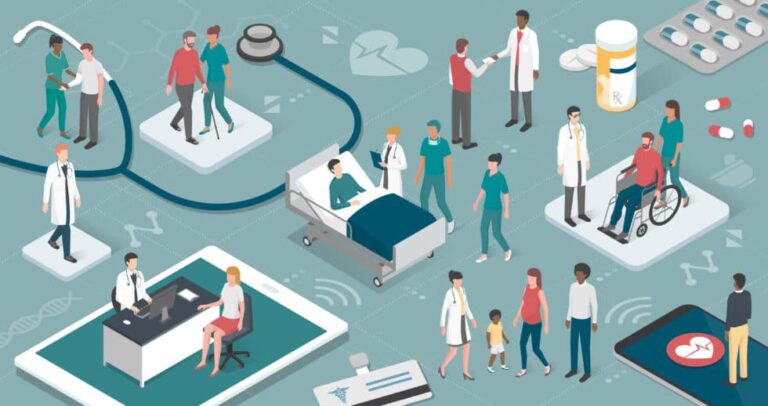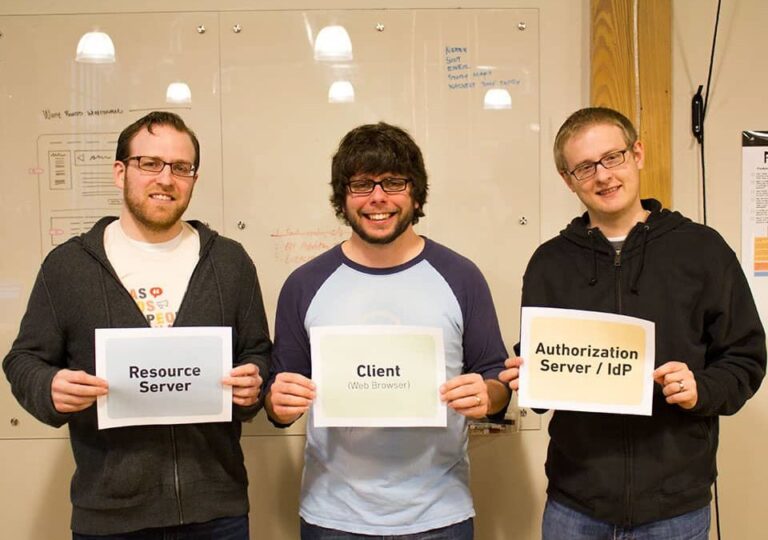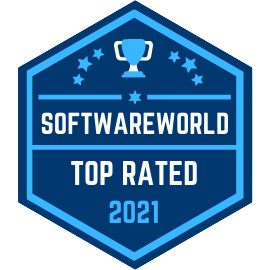When building software, assumptions will be made along the way. Assumptions are the things you believe to be true but haven’t actually tested them yet. These could be about your customer needs, predicted behavior, the feasibility of the technology, or any other topics you have a gut feeling about.
Assumptions aren’t necessarily a bad thing, but you and your team need to be aware of what assumptions have been made. For each assumption, you should be clear about what level of unknown exists and what the impact would be if that assumption is wrong. Many of these assumptions can be investigated before the software is built, but it’s not an efficient use of time or energy to validate every single assumption.
So how do you use your time wisely? With our clients, we take them through a detailed exercise called assumption mapping. But there is a lighter, self-directed exercise you and your team can complete on your own to start to have an idea about what assumptions are being made and how they may impact your software.
3 Simple Steps for Assumption Mapping
Step 1: What are the biggest assumptions you have made?
“People will pay $10/month for this software.” “Users will always have Internet access when using your app.” “People will not buy the application without a free trial.” We have heard all of these things from previous clients. They sound reasonable but, at the time, no one had done any research to validate these statements.
What if users don’t always have internet access? What if your customer base is used to paying one time fees for apps and software and don’t want to commit to a monthly fee? Would a demo video would be enough for someone to buy the app and you don’t need to invest in building a free trial?
Be honest with yourself. You might believe it is true based on your experience or previous conversations, but we recommend you still write it down. Verbalizing these assumptions through assumption mapping may cause you and your team to rethink them, experiment with them, or research them which could lead to a better product.
Step 2: If wrong, which would have the biggest impact?
As you continue assumption mapping and looking at your list (especially the assumptions that you are less confident in), identify which would have the biggest impact on your product or organization if you woke up tomorrow and found out that assumption was wrong.
Would it be a waste of money or cost a lot of money to change? Does it give you a bad impression in the market? Will your stakeholders lose confidence in your project?
Step 3: What is the most important thing to learn before investing?
Looking at the items with a high level of uncertainty and those listed to have a big impact if wrong, work through these questions with your team:
- What areas do you need to gain more insights in before moving forward?
- What are ways you can learn more to increase certainty and lower risk?
- Do you need to do more user research to better understand your users and their goals?
- Do you need to build a proof of concept to ensure your idea is technically feasible?
Think about the smallest tests you can do to get answers to your riskiest assumptions. This is where your team should be spending the bulk of their time before moving forward with developing your custom software.
Getting Started on Your Assumpting Mapping Exercise
At Mutually Human, we have been guiding companies through the process of assumption mapping for years. We know how tricky it can be to identify and question your assumptions in the pre-development phase of software planning. Our desire to see better software developed by everyone who has a brilliant idea led us to create the KeyQ planner. It is a proprietary questionnaire we use with our clients to help ensure the technology we build is solving real business problems, will be a valuable tool for users, and provide us a way to make informed decisions as we create software. Download it for free today to get help creating the best software possible.








